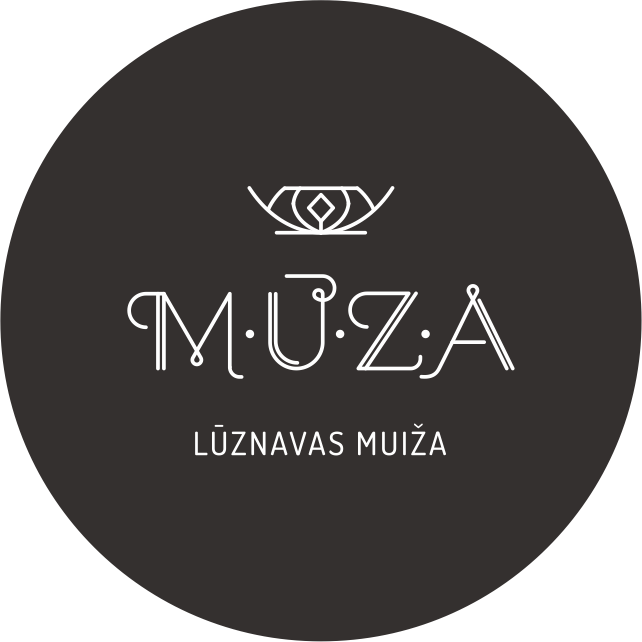ROSEMARY
Latvian: rozmarīns ārstniecības
Evergreen shrub with a height of 0.5-1.5 m, fragrant, with dark gray-brown bark. The
young branches are quadrangular, cushiony. The leaves are opposite, oblong-
lanceolate, leathery, dark green, shiny. Flowers violet-light blue. The fruit is 4 round,
dark brown nuts.
Blooms in February - May. Homeland is the Mediterranean Sea. Can be cultivated
as a medicinal and essential oil plant in Crimea, Transcaucasia and Central Asia.
Leaves and annual stems are prepared during flowering. The leaves contain
essential oil (up to 1.2%), alkaloids (up to 0.5%, including rosemary), acids
(rosemary). The essential oil contains pinene (up to 30%), camphene (up to 20%),
cineol (10%), borneol (10%), 1-camphor (up to 7%).
Infusion of water strengthens heart contractions, temporarily raises blood pressure,
accelerates the onset of menstruation, endowed with bile engine, general tonic and
analgesic action.
APPLICATION
Infusion: 1 tsp. insist rosemary leaves on 500 ml of boiled water for 30 minutes,
strain. Take 1-2 tbsp. 3 times a day as a means to stimulate menstruation, for
nervous disorders during the climacteric period, as a tonic for fatigue, cardiac
neuroses. Used for baths and rinses for neuritis and colds.
Compresses: 2-3 tbsp. a young rosemary stem with leaves is scalded with boiled
water, cut into cheesecloth. Hot pads are applied to painful areas.
fitoterapija.lv
Augu katalogs ir tapis ar Eiropas Savienības finansiālu atbalstu Pārrobežu sadarbības programmas 2014.–2020. gadam projekta LVIII-062 “Versts of Feelings 2” ietvaros


